Twin brothers plan to ascend a peak in Nepal to compare a replica of the gear worn by George Mallory in 1924 against modern climbing kit. Photos by Luke Jarmey
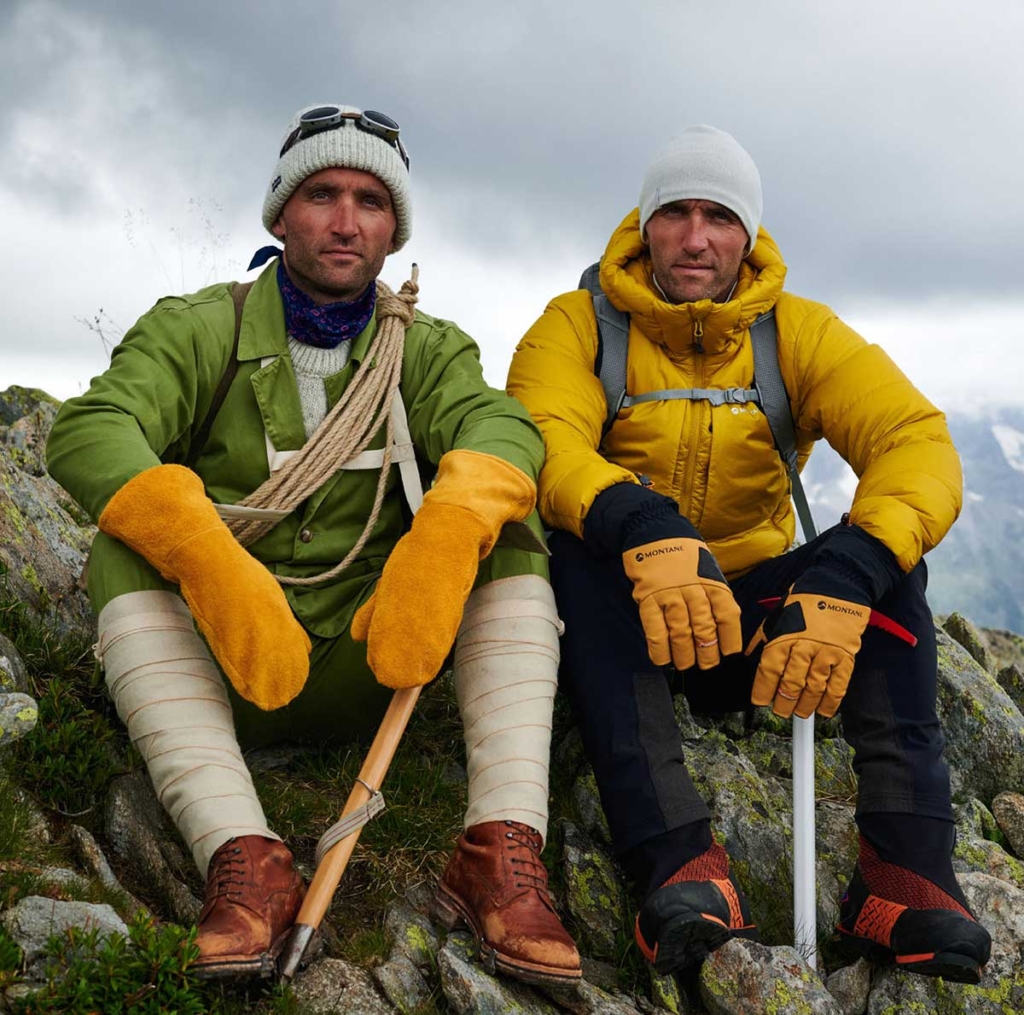
In October, the Turner Twins will ascend Nepal’s Mera Peak (21,217ft) in a unique experiment – pitting modern-day mountaineering kit against the natural fibre outfits worn by their early 20th century predecessors. In 1924, George Mallory and Sandy Irvine attempted an ascent of Mount Everest and never returned. Mallory’s frozen body was found in 1999 at 26,760 feet, some 2,300 feet from the summit, his clothing still intact and his body heavily injured. It has never been ascertained whether he or Irvine made it to the summit.
The Turner Twins, known for their physical experiments comparing one system to another, plan to make their ascent with one of them (Ross) in modern-day climbing gear, the other (Hugo) in an exact replica of what George Mallory was wearing. For this they went to Cirencester tailor Barrington Ayre, already famed for their tweed ski suits.
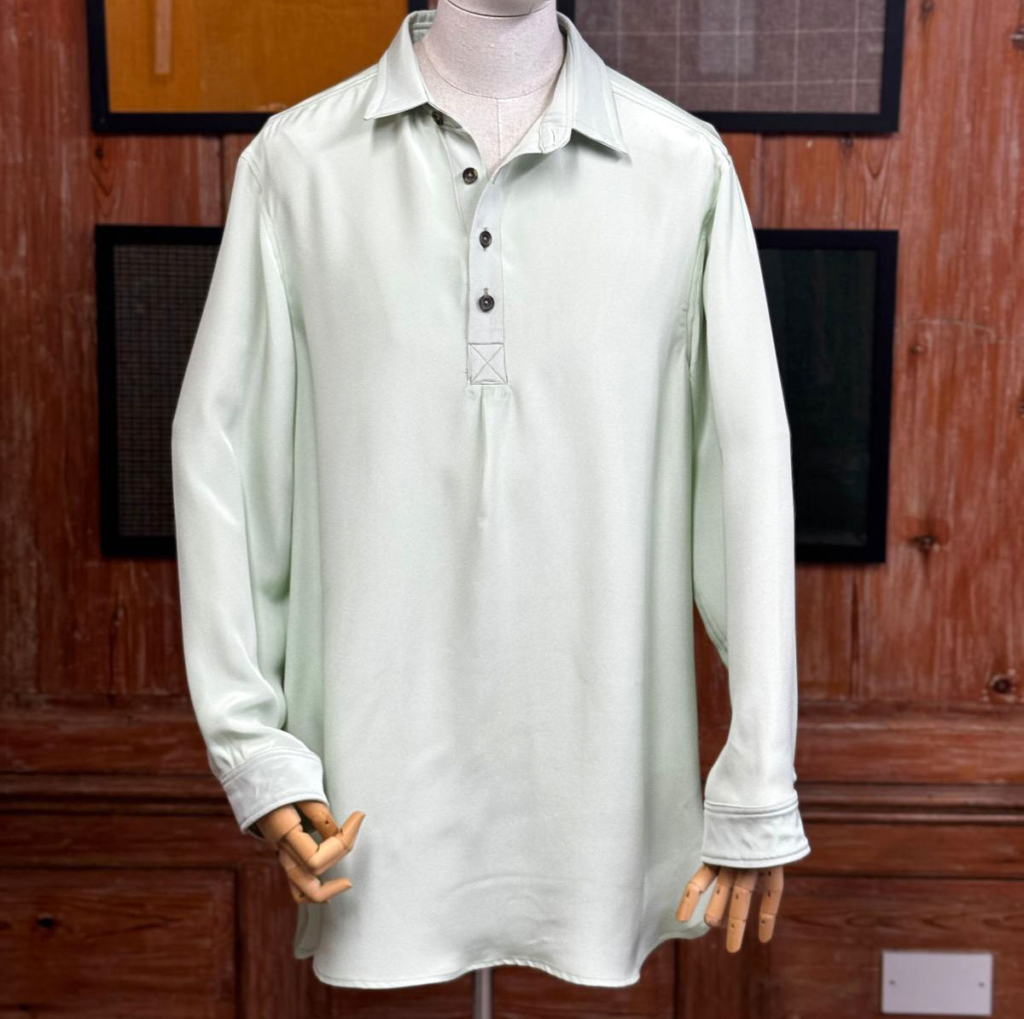
“We’ve always championed sustainable clothing and natural fibres,” says Tom Wharton, owner of Barrington Ayre. “People think Mallory wore tweed on Everest, but what we’ve replicated is two silk shirts, one flannel shirt, a gabardene coat, a silk vest and a jumper made by Devold of Norway. Crockett & Jones have designed a new pair of boots based on Mallory’s originals.”
Hugo Turner will be the twin wearing the Mallory replica, while his twin brother Ross wears modern kit provided by British mountaineering company Montane. He explained why there was less tweed than one might think: “There was definitely a tweed jacket lower down on the climb, but Mallory almost exclusively wore those for photographs. When you see group photographs of them at base camp, they all throw on their tweed jackets to pose, then take them off to climb, from what we’ve read. People think they were buccaneers; posh boys having a bit of a go on Everest, because what else was there to do? But that is so untrue. When you start understanding the clothing that they wore, it was highly specialised; they really knew what they were doing. One piece of layering that’s really interesting is that Mallory had a silk shirt, and a wool jumper, then another silk layer. This allowed for breathability, but also manoeuvrability.”
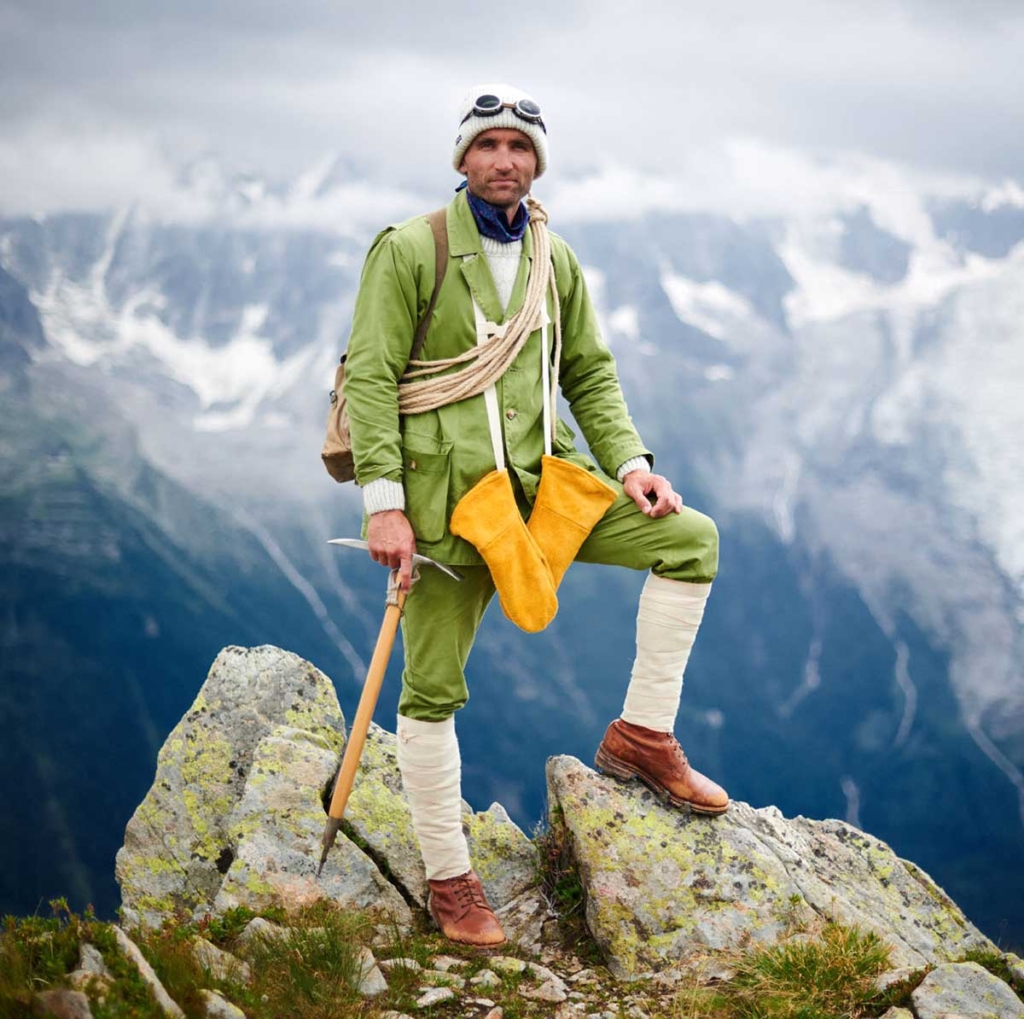
I asked Ross what he and his twin brother Hugo normally wear for climbs like this. “We do mix it up a bit, but a good wooly pully is a good wooly pully. Our grandparents and great grandparents wore them, they were worn through two world wars. In 2015 we climbed Mount Elbrus with one of us wearing vintage kit like this, exploring the world of natural fibres. Hugo wore the old gear, and he already had a mindset that the vintage kit wasn’t as good. He was expecting to be worse hit than me with performance, and expected to use more energy because it’s heavier, with less efficient thermal properties. It actually surprised him how good the kit was in Russia.”
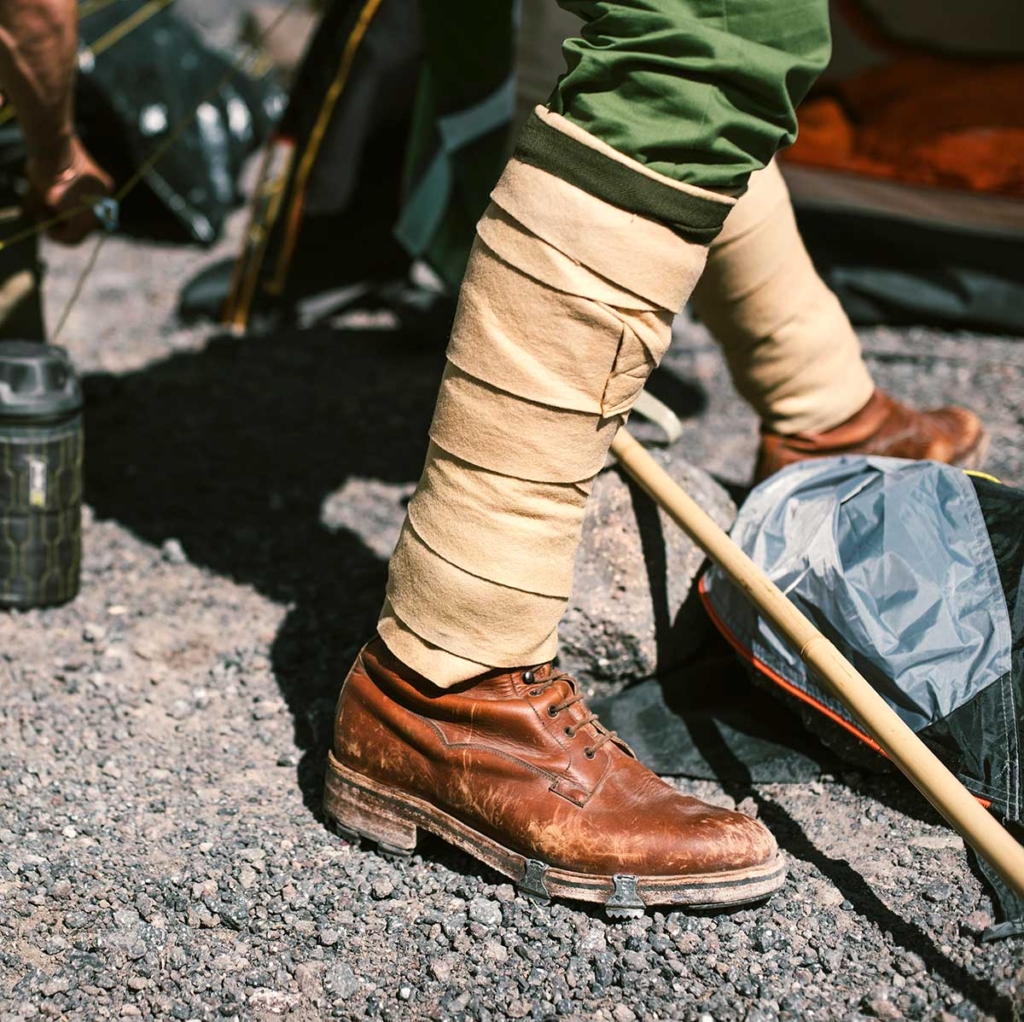
How will conditions on Mera Peak compare to Everest? “It depends on the weather. We’ll probably get down to minus 20 to minus 30, but we’re only going to 6.5,000 feet, and the main reason for that is safety, in terms of the kit that Mallory used. When he climbed Everest there weren’t the queues of people there are now. He was always moving. Whereas if we took the project to Everest, we’d be waiting in lines, and the Mallory kit is not designed for that. It’s designed to keep going. The natural properties of silk, cotton and wool keep you warm, but you can shed layers when it hots up. Mera Peak is a quieter mountain, so we can conduct more science there.”
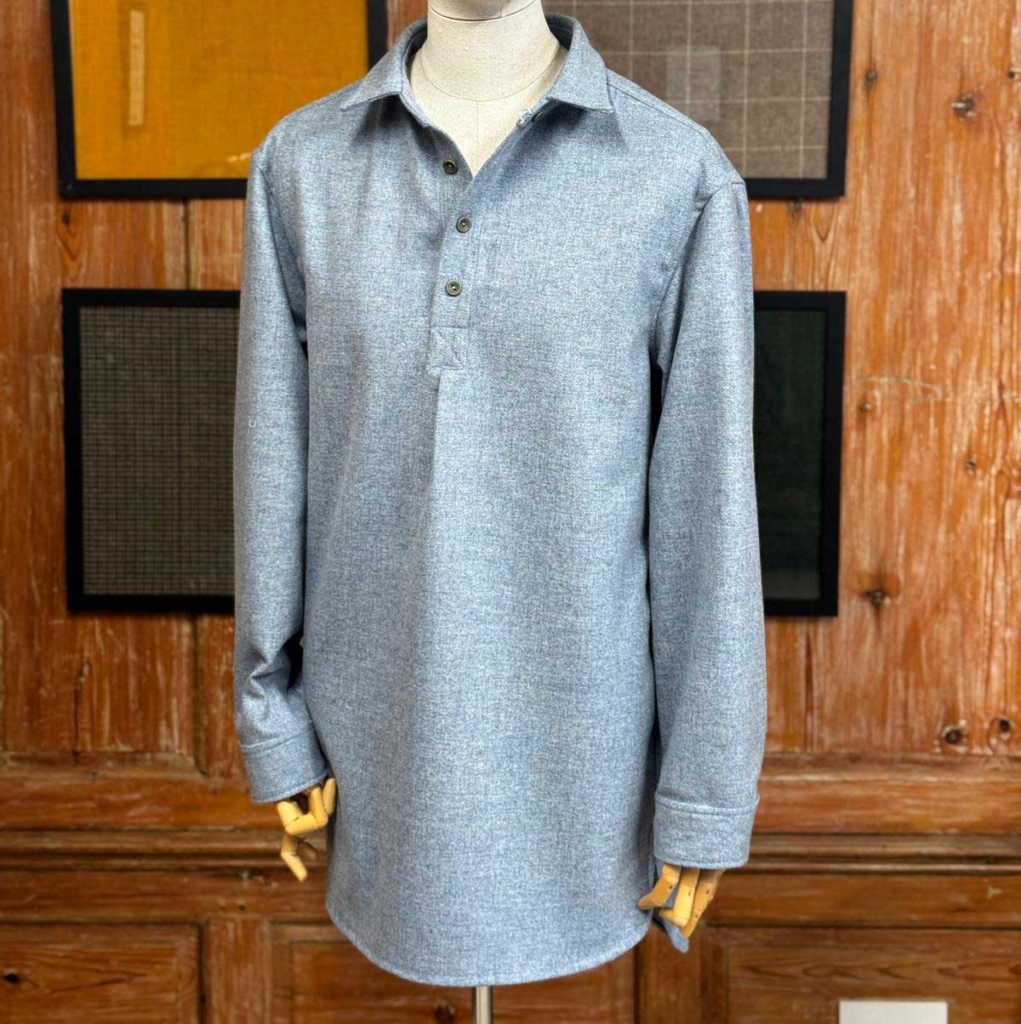
Tom Wharton explained how the whole project came about. “The twins were invited to see the original kit at a Mallory charity. We worked from photos that they took there. It’s going to be as close to what he wore as possible – in fact pretty much identical. We already make shirts and jackets for country sports, and all we had to do was change some of the patterns a bit for the shirts. We had to make tweaks under the armpits, adding working shoulder pleats to match the way they were in the 1920s. But overall it was very similar to the hunting shooting and fishing clothing we make now. Fabrics haven’t changed much in 100 years.”
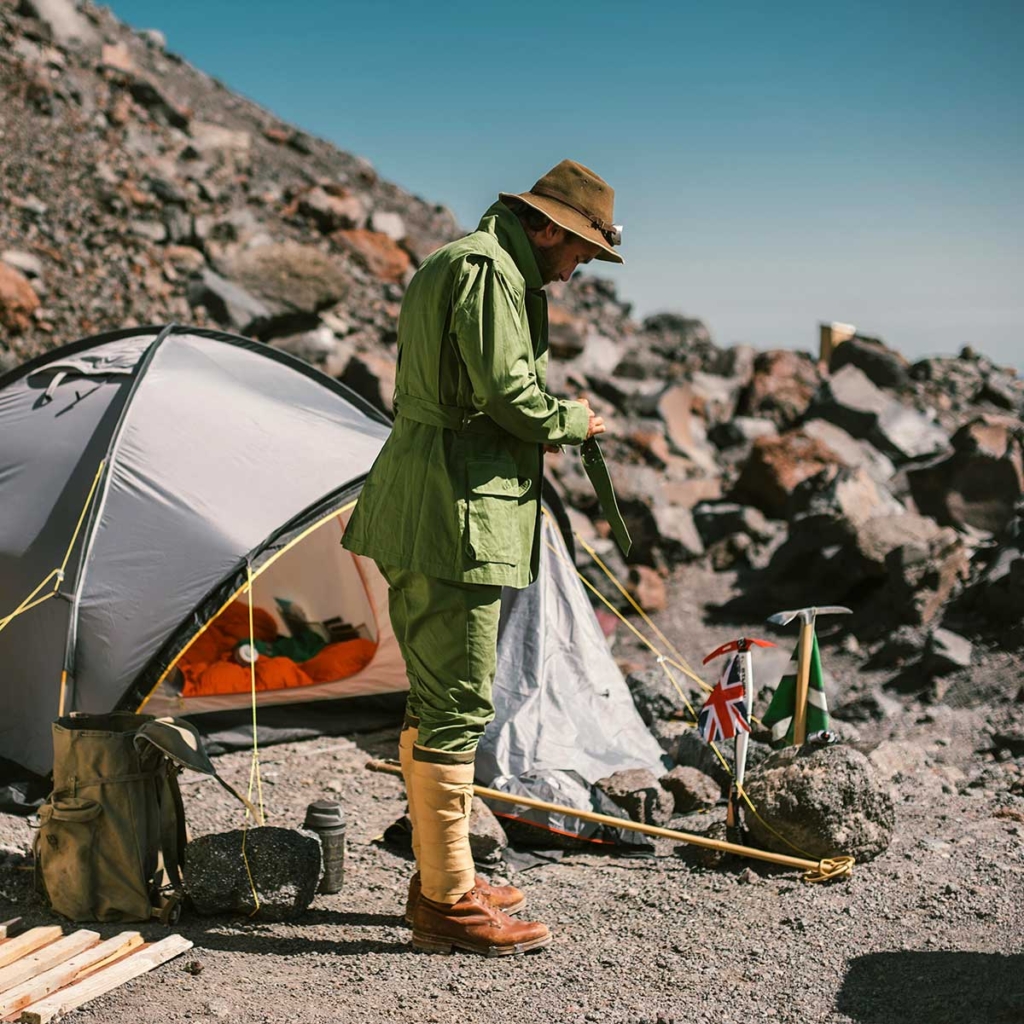
“The trousers we’ve made them are also in gabardine, with a very tight weave making them waterproof. It’s exactly the same fabric as the Burberry Mackintosh.”
Did Burberry want to get involved in this project? “They were approached about it and said no. The wouldn’t even let us see the original fabric, which they still had, but they told us what it was and we went and found it somewhere else.”
The other mystery that surrounds the Mallory/Irvine expedition was whether they used oxygen near the summit of Everest. As Ross Turner explains, “Oxygen back then wasn’t very reliable. Certainly not towards the top of the mountain, as it was too heavy to carry. Mallory’s body wasn’t found with an oxygen tank on it. We spoke to a guy who made the only replica in existence, in Winchester College. We asked him if he could make a second one and he said no, it’s too dangerous. With such high pressure when you’re breathing in the valves – it’s basically scuba diving kit repurposed. Of 90 bottles of oxygen on that expedition, only 40 made it to base camp, because the rest weren’t properly sealed.”
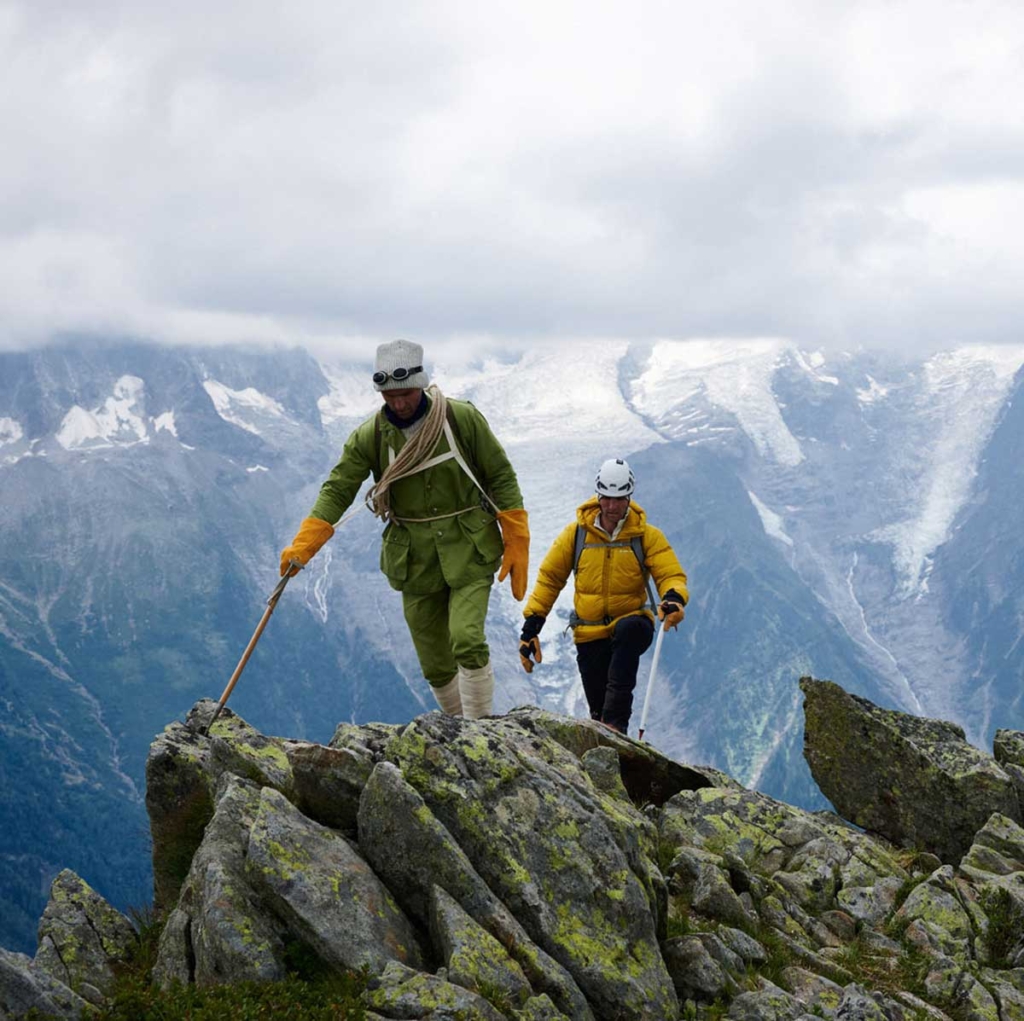
They made sure they brought their smoking pipes with them, though, didn’t they? I asked Ross. “I’ve seen only one photo of someone in the Mallory team trying to hide a pipe behind them!”
With Hugo wearing the vintage kit on this expedition, I wondered how the twins decide who takes which role. “Normally,” says Ross, “one of has a thirst for a particular choice. For example, Hugo chose the vegan diet while I chose a meat diet, but he ended up hating it.”
Are there any other areas of sartorial experimentation you might consider, as opposed to testing the body? “We’re always looking for creative ways to test one thing against another. We might look at personal medical devices, for example. Things that used to take up lots of room in hospitals can now be carried about with you.”
Would you consider Victorian scuba diving in a canvas outfit with a brass helmet connected to a rubber tube? “As long as there was a safety line. There’s a big difference between dumbass and badass.”

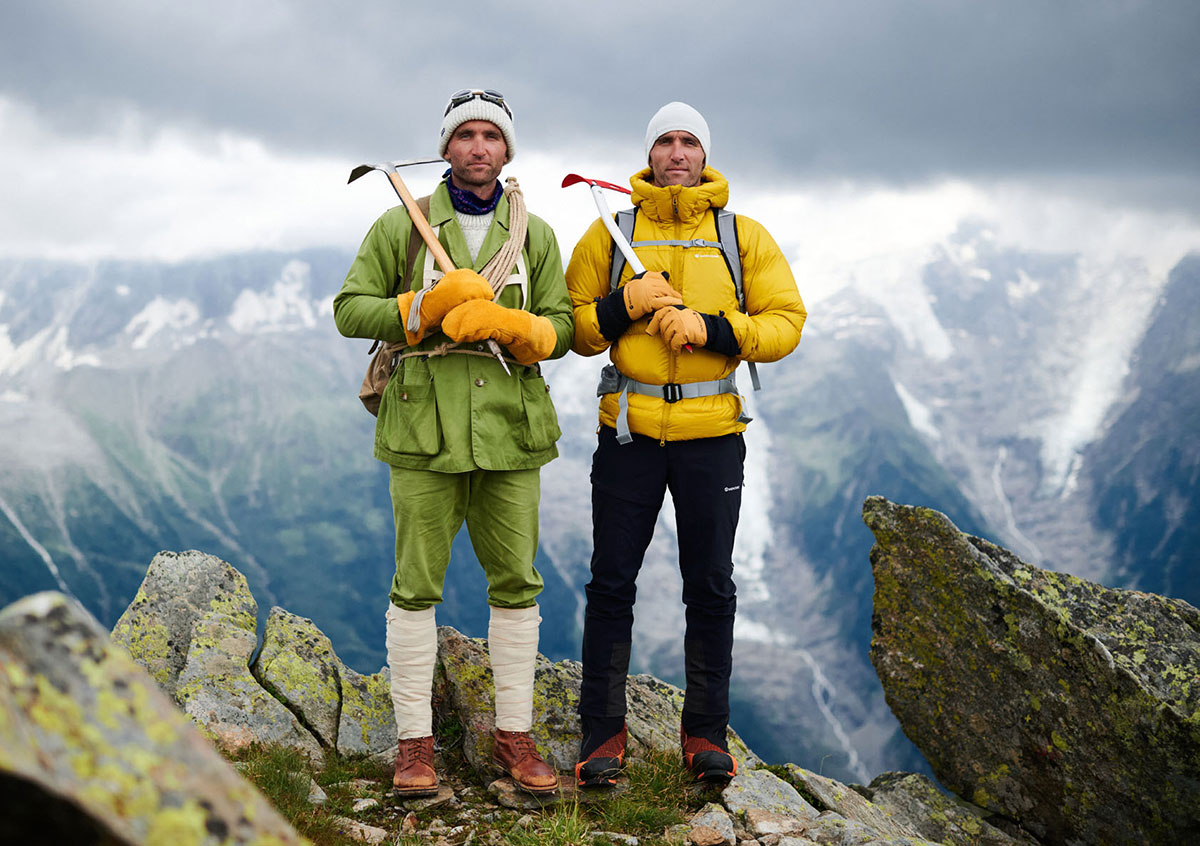
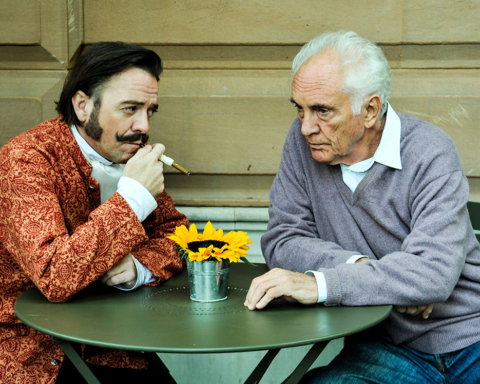



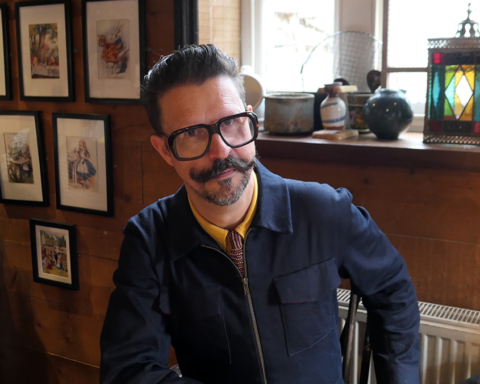
No matter how “battle ready” the boots may look, may I suggest a goodly application of goose fat or dubbin to help care for the fellows feet. I am sure Mallory would not have been reticent on this area.